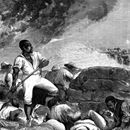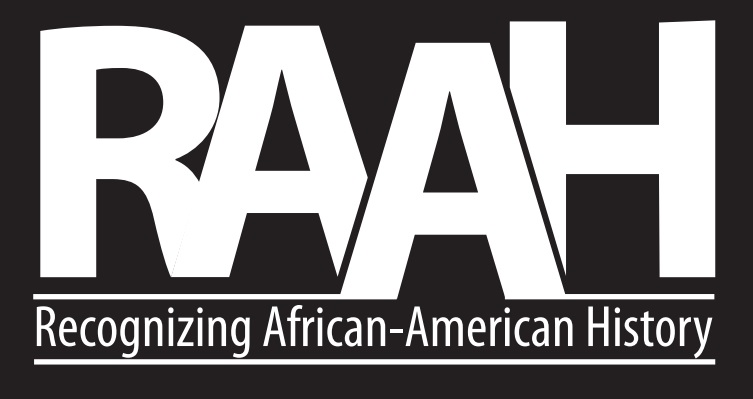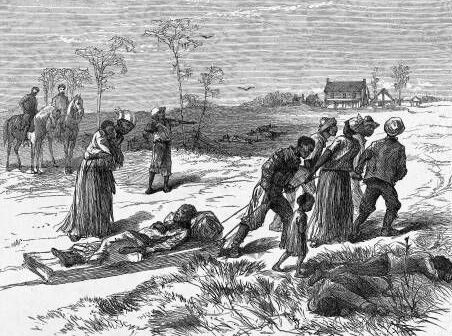
The Colfax massacre, or Colfax riot as the events are termed on the 1950 state historic marker, occurred on Easter Sunday, April 13, 1873, in Colfax, Louisiana, the seat of Grant Parish. This event marks the largest racial massacre in U.S. History. Southern Whites saw recently freed people as threats to Democratic hegemony. Approximately 150 black men were murdered by white Southern Democrats.
In the wake of the contested 1872 election for governor of Louisiana and local offices, a group of white Democrats, armed with rifles and a small cannon, overpowered Republican freedmen and state militia (also black) trying to protect the Grant Parish courthouse in Colfax; white Republican officeholders were not attacked.
Most of the freedmen were killed after they surrendered; nearly 50 were killed later that night after being held as prisoners for several hours. Estimates of the number of dead have varied, ranging from 62 to 153; three whites died but the number of black victims was difficult to determine because bodies had been thrown into the river or removed for burial. There were rumors of mass graves at the site.
Historian Eric Foner described the massacre as the worst instance of racial violence during Reconstruction. In Louisiana, it had the highest fatalities of any of the numerous violent events following the disputed gubernatorial contest in 1872 between Republicans and Democrats. Foner wrote, “…every election [in Louisiana]between 1868 and 1876 was marked by rampant violence and pervasive fraud.”
Although the Fusionist-dominated state “returning board,” which ruled on vote validity, initially declared John McEnery and his Democratic slate the winners, the board eventually split, with a faction declaring Republican William P. Kellogg the victor. A Republican federal judge in New Orleans ruled that the Republican-majority legislature be seated.
Federal prosecution and conviction of a few perpetrators at Colfax under the Enforcement Acts was appealed to the Supreme Court. In a key case, the court ruled in United States v. Cruikshank (1876) that protections of the Fourteenth Amendment did not apply to the actions of individuals, but only to the actions of state governments.
After this ruling, the federal government could no longer use the Enforcement Act of 1870 to prosecute actions by paramilitary groups such as the White League, which had chapters forming across Louisiana beginning in 1874. Intimidation and black voter suppression by such paramilitary groups were instrumental to the Democratic Party regaining political control in the state legislature by the late 1870s.
In the late 20th and early 21st centuries, historians have paid renewed attention to the events at Colfax and the resulting Supreme Court case, and their meaning in American history.




